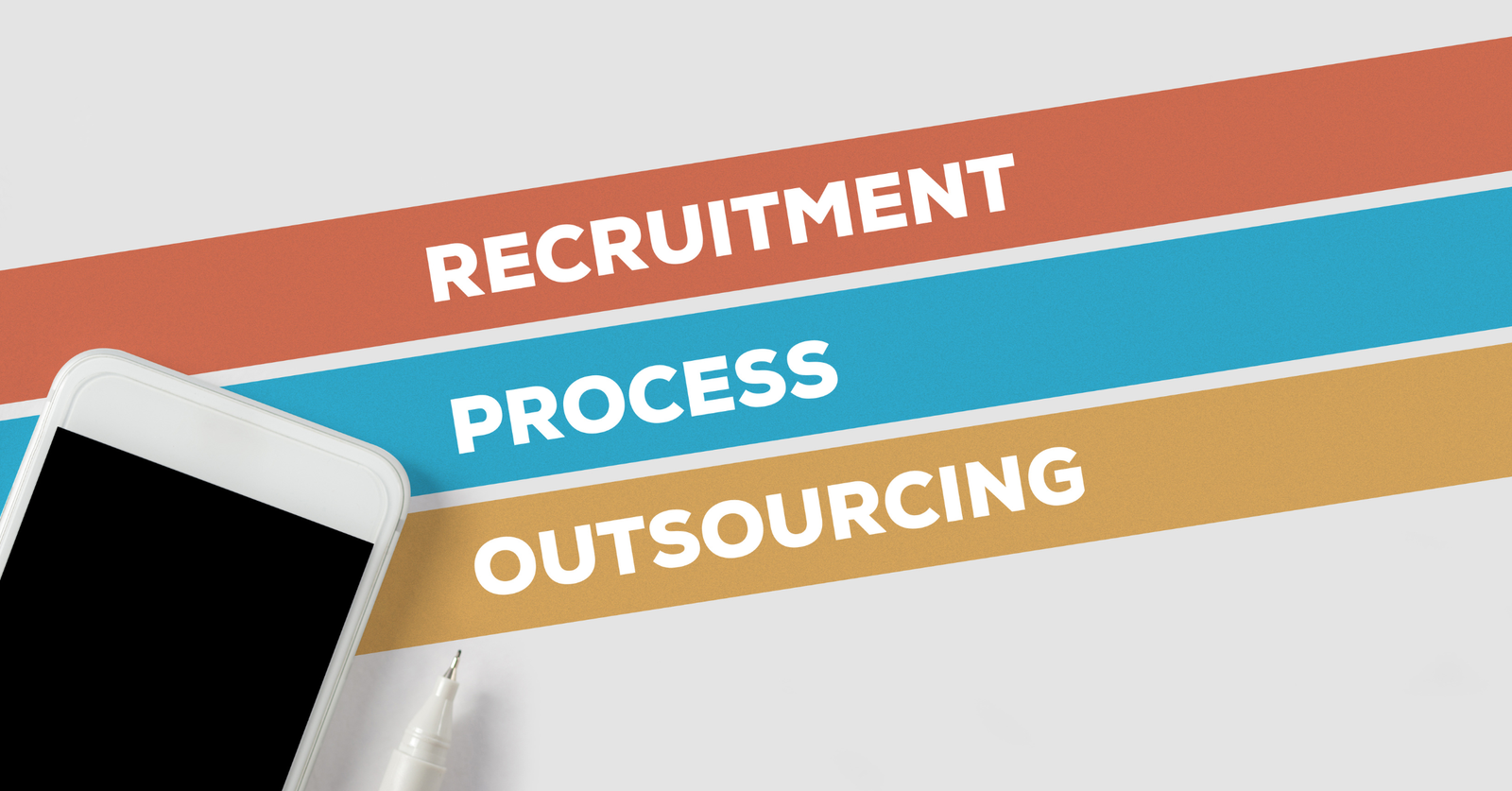A resume is often your first impression with a recruiter, and it can make or break your chance at landing a job. When recruiters look at your resume, they are not just reviewing your qualifications—they are assessing whether you’re the right fit for the position and whether your experience aligns with what the company needs. Understanding what recruiters are specifically looking for can help you craft a resume that grabs their attention and gives you a competitive edge in your job search.
In this blog, we’ll break down the key elements that recruiters focus on when reviewing resumes, offering practical tips to help you optimize your document for success.
1. Clear and Clean Layout
First and foremost, recruiters look for a resume that’s easy to read. When recruiters receive hundreds, or even thousands, of resumes for a single job posting, they don’t have time to sift through cluttered, poorly structured documents. A clean and simple layout helps your resume stand out and makes it easier for the recruiter to quickly find relevant information.
Tips for a Clean Layout:
- Use bullet points to break up information into digestible chunks.
- Keep margins uniform and use consistent spacing throughout.
- Avoid overly decorative fonts or excessive color schemes. Stick with professional fonts like Arial, Calibri, or Times New Roman.
- Use headings and subheadings to clearly mark sections like “Professional Experience,” “Skills,” and “Education.”
- Ensure your resume is no longer than two pages, ideally one for entry-level positions or internships.
A clear layout allows the recruiter to scan your resume quickly and easily, giving them the confidence that you are organized and professional.
2. Relevant Experience
Recruiters spend a short amount of time reviewing each resume, so it’s important to highlight the experiences most relevant to the position you are applying for. Tailor your resume to the specific job by emphasizing relevant roles, responsibilities, and achievements that align with the job description.
Tips for Showcasing Relevant Experience:
- Tailor your resume for each job application. Modify your work experience to focus on tasks that are most relevant to the position.
- Include job-specific keywords. Use the same terminology as the job description to ensure your resume passes through Applicant Tracking Systems (ATS), which many recruiters use to filter candidates.
- Highlight accomplishments. Rather than listing job duties, focus on your achievements in each role. Quantify your impact whenever possible (e.g., “Increased sales by 20%” or “Managed a team of 10 employees”).
- Prioritize recent and relevant roles. If your most relevant job experience is from a few years ago, be sure to highlight that first. If you have older or less relevant roles, consider summarizing them in a brief section at the end of your experience section.
By aligning your experience with the job requirements, you increase your chances of standing out to recruiters who are looking for candidates who can deliver results.
3. Key Achievements
While listing responsibilities is essential, recruiters want to see the impact you made in your previous roles. They want to know how you contributed to the organization’s goals and what kind of value you can bring to their company. Demonstrating measurable achievements shows that you not only understand the role but can excel in it.
Tips for Highlighting Achievements:
- Use metrics and numbers. Whenever possible, quantify your achievements. For example, instead of saying “Led marketing campaigns,” say “Led 5 successful marketing campaigns that resulted in a 30% increase in customer engagement.”
- Show progression. If you were promoted or took on additional responsibilities, highlight that growth to show you’re a driven and valuable employee.
- Use action verbs. Words like “improved,” “increased,” “streamlined,” and “delivered” convey a sense of accomplishment and initiative.
Quantifying your achievements demonstrates that you can deliver results, which is exactly what recruiters are looking for when they assess a candidate’s potential.
4. Skills Section
The skills section is another key area recruiters focus on to quickly determine if you possess the necessary qualifications for the role. Depending on the job, recruiters are looking for both hard skills (technical or job-specific abilities) and soft skills (interpersonal and communication abilities). A well-rounded skills section will give recruiters a clear sense of your qualifications and strengths.
Tips for Listing Skills:
- Separate hard and soft skills. For example, list technical abilities like proficiency in Excel, Python, or Salesforce as “Hard Skills” and things like communication, teamwork, or problem-solving as “Soft Skills.”
- Use keywords from the job description. Make sure the skills you include match the requirements listed in the job posting.
- Avoid overloading the section. Focus on skills that are directly applicable to the role, and be honest about your proficiency. Do not list skills you do not possess, as this can lead to complications later in the hiring process.
By showcasing your skills, you make it easier for recruiters to match your qualifications with their needs, improving your chances of getting shortlisted for an interview.
5. Strong Professional Summary
A professional summary (also called a career summary or profile) is an essential part of a resume, as it’s the first thing recruiters see after your name and contact information. This short, impactful paragraph should summarize who you are as a professional, your key skills, and what you bring to the role. A strong professional summary can grab a recruiter’s attention right away and entice them to read further.
Tips for Writing a Professional Summary:
- Keep it concise. Aim for 2-4 sentences that focus on your career highlights.
- Focus on your key strengths. Highlight the skills and experiences that make you the ideal candidate for the role.
- Include specific goals or passions. If applicable, mention what excites you about the job or industry and how your goals align with the company’s values.
A strong summary sets the tone for the rest of your resume, and when written effectively, it can immediately pique a recruiter’s interest.
6. Education & Certifications
While the importance of education can vary by industry and job level, recruiters still pay close attention to your educational background, especially if the role requires specific qualifications or certifications.
Tips for Education & Certifications:
- List your most recent and relevant qualifications first. Include your degree(s), institution(s), and graduation date(s).
- Include relevant certifications. If you have certifications that are important to the role (such as PMP, AWS, or Google Analytics certifications), be sure to list them clearly.
- Show ongoing education. If you are pursuing further education or certifications, make sure to mention that as well. It shows your commitment to personal and professional growth.
If your education is a strong selling point for the role, make sure it’s prominently displayed. If not, keep it brief and focus more on your professional experience and skills.
7. Keywords for Applicant Tracking Systems (ATS)
Many companies use ATS software to help them sort through large volumes of resumes. ATS scans resumes for keywords that match the job description and ranks them accordingly. If your resume does not include the right keywords, it may be rejected by the system before a recruiter even sees it.
Tips for Beating ATS:
- Use job description keywords. Carefully read the job posting and include relevant keywords that match your experience and skills.
- Avoid fancy formatting. ATS software can struggle to read resumes with images, graphics, or unusual fonts. Stick to traditional formatting to ensure your resume is properly parsed.
- Include synonyms. If the job posting uses a particular term, but you have used a synonym on your resume (for example, “sales” vs. “business development”), make sure both are included.
Incorporating keywords is essential to passing the initial ATS screening process and ensuring your resume is seen by a human recruiter.
Conclusion
Your resume is your personal marketing tool, and to capture the attention of recruiters, it needs to be both professional and impactful. Focus on creating a clean layout, highlighting your relevant experience and achievements, showcasing key skills, and tailoring your document to the job you’re applying for. Don’t forget to include a strong professional summary and ensure that your resume passes through ATS by using the right keywords.
By keeping these elements in mind, you’ll create a resume that not only stands out to recruiters but also increases your chances of landing that all-important interview. Remember, a resume is a living document—keep it updated, tailor it for each application, and always strive for clarity and impact.
Good luck with your job search!





